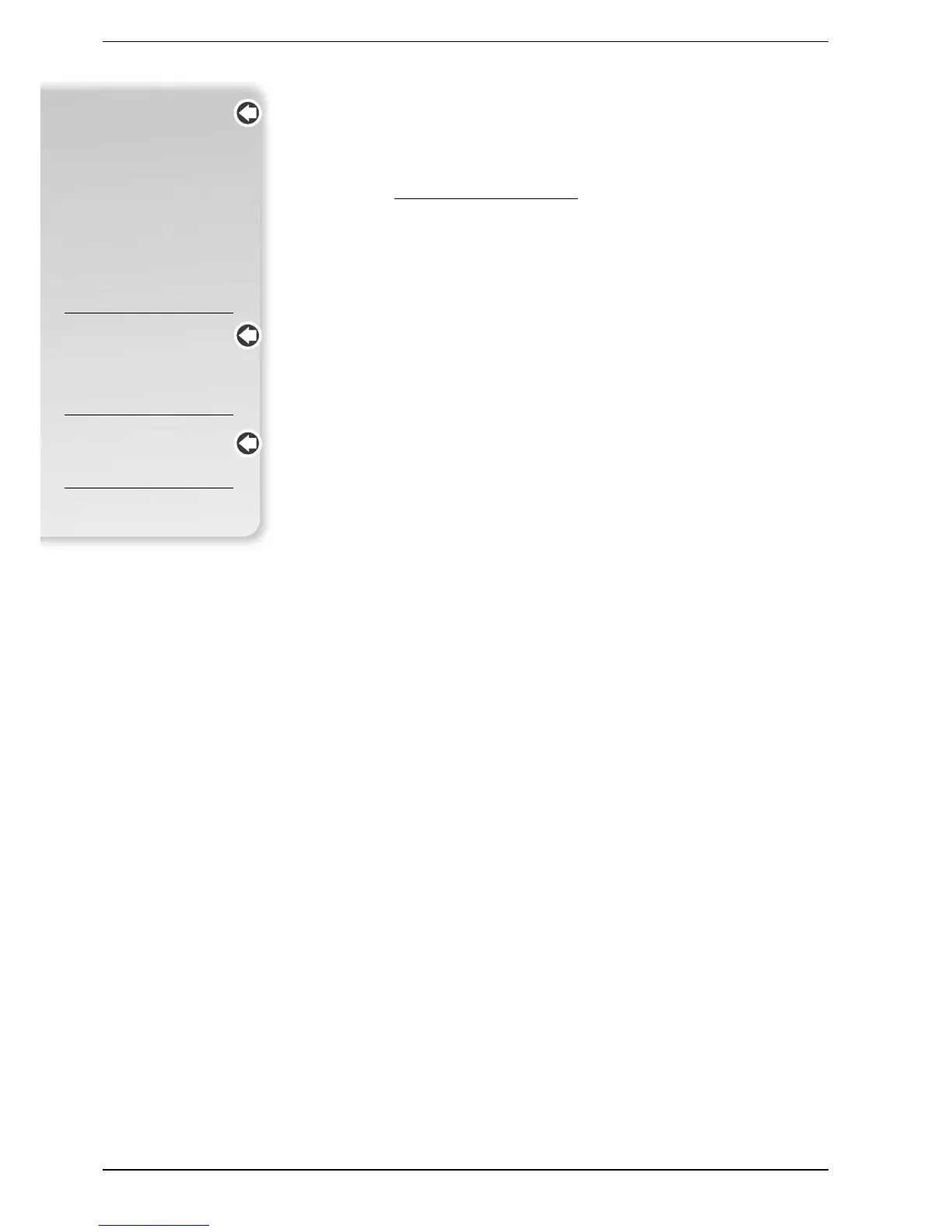INSPY. 1003. 4138305_03
88
out and the circuit is drained, causing
the unit malfunction. In these cases, the
refrigerant leakage points are found
and repaired, and the cooling circuit is
recharged, operating in compliance with
Law 28 December 1993 no. 549.
25.5.1. Loading procedure
The loading procedure is as follows:
− Empty and dehydrated the entire
refrigeration circuit using a vacuum
pump connected to the low grip as
to the high grip of high pressure till the
vacuum gauge reading up to about
10 Pa. Wait some minutes and check
that this value does not goes back
again over 50 Pa.
− Connect the refrigerant gas bomb
or a load cylinder to the grip on the
low-pressure line.
− Charge the amount of refrigerant gas
indicated on the characteristics plate
of the machine.
− After any operation control that the
liquid indicator indicates a dry circuit
(dry-green) In case of partial loss the
circuit has to be emptied completely
before reloading it.
− The refrigerant R134a has to be
loaded only in liquid phase.
− Different operating conditions from
the normal can result in different
values.
− Leak testing or leaking research must
be carried out only by using refriger-
ant gas R134a by checking with a
suitable leak detection.
− It is prohibited to use in the refrigera-
tion circuit, oxygen or acetylene or
other flammable or poisonous gas
because they can cause explosions
or intoxication.
It is advisable to keep a ma-
chine booklet (not supplied, but
provided by the user), in order to
keep trace of the operations car-
ried out on the unit. In this way,
it will be easier to organise the
operations properly and facilitate
failure prevention and trouble-
shooting in the machine.
In the booklet, write down date,
type of operation carried out
(routine maintenance, inspec-
tion or repair), description of the
operation, measures taken…
It is forbidden to CHARGE the
cooling circuits with a refrigerant
different from the one indicated.
If a different refrigerant gas is
used, the compressor may result
seriously damaged.
DISPOSAL
Provided that the disposal of the
unit is carried out according to the
rules in force in different countries.
